In the delicate petals of a peony and the layered folds of a rose, one finds more than mere botanical beauty—these flowers embody the silent dialogues between civilizations. The peony, revered in the East as the "king of flowers," and the rose, celebrated in the West as the ultimate symbol of love, carry within their hues and fragrances centuries of cultural nuance, philosophical depth, and unspoken diplomacy. Their contrasting yet complementary symbolism offers a lens through which to explore the subtle exchanges between Eastern and Western worldviews.
The peony’s history in China stretches back over a millennium, where it has been cultivated not just for its aesthetic appeal but for its deep-rooted cultural significance. Known as mǔdān (牡丹), it represents prosperity, honor, and resilience. During the Tang Dynasty, it became a fixture in imperial gardens, its lush blooms synonymous with the opulence of the ruling class. Yet, beyond its association with wealth, the peony also carries a quiet defiance—it thrives in harsh conditions, its roots enduring winter frosts to burst forth in spring. This duality mirrors Confucian ideals of grace under pressure and the Taoist appreciation for natural harmony. When Chinese poets penned verses about the peony, they weren’t merely describing a flower; they were invoking an entire philosophy of balance and perseverance.
Meanwhile, the rose’s journey through Western civilization reveals a tapestry of myth, religion, and political intrigue. In ancient Greece, it was tied to Aphrodite, the goddess of love, its thorns symbolizing the pain that often accompanies passion. The Romans later adopted it as an emblem of victory and secrecy—sub rosa (under the rose) denoted confidential conversations. By the Middle Ages, the rose had become a Christian metaphor for divine love and martyrdom, its red petals evoking the blood of Christ. Unlike the peony’s collective cultural resonance, the rose’s symbolism is deeply individualistic, reflecting Western narratives of personal emotion and spiritual struggle. Even today, a single red rose communicates more than a bouquet of peonies ever could in the East—it speaks a language of intimate yearning.
What unfolds when these two floral emissaries meet? The 19th century saw the peony introduced to Europe, where it was initially met with curiosity but soon embraced by artists like Monet, who painted its voluminous blooms alongside water lilies. Conversely, the rose’s arrival in China via the Silk Road centuries earlier had already influenced local horticulture, though it never displaced the peony’s primacy. This exchange wasn’t merely botanical; it was a quiet negotiation of values. The West admired the peony’s elegance but often misinterpreted its cultural weight as mere exoticism, while the East viewed the rose as a charming novelty—beautiful but lacking the peony’s ancestral gravitas.
Modern floristry has turned these flowers into global commodities, yet their cultural DNA remains intact. A bride in Shanghai may carry roses to signal cosmopolitanism, but her wedding décor will likely feature peonies to honor tradition. In New York, peonies now grace high-end floral arrangements, their seasonal scarcity making them a status symbol—an ironic twist given their humble origins in Chinese village gardens. This commercial interplay, however, risks diluting their deeper meanings. When a peony is reduced to a "pretty flower" in a Parisian boutique or a rose becomes just another Valentine’s Day cliché in Tokyo, something essential is lost in translation.
Perhaps the most poignant intersection of these floral symbols lies in diplomacy. In 2018, a Chinese state banquet featured peony centerpieces alongside Western roses—a deliberate visual détente. Similarly, when the Duchess of Cambridge included peonies in her wedding bouquet, it was read as a nod to multiculturalism. These gestures, small as they may seem, acknowledge that flowers can speak where words falter. They become soft-power tools, offering a shared vocabulary of beauty amid geopolitical tensions.
The peony and rose remind us that civilizations don’t clash—they converse, often through the most unexpected mediums. One flourishes in collective symbolism, the other in personal expression; one whispers of imperial courts, the other of lovers’ secrets. Yet both transcend their origins to become universal emblems of human aspiration. To study their intertwined histories is to witness a dialogue that has unfolded silently over centuries, petal by petal, across deserts and oceans. In an era of loud divisions, their quiet exchange offers a lesson: understanding begins not with grand declarations, but with the willingness to appreciate the layers of meaning in something as simple as a flower.
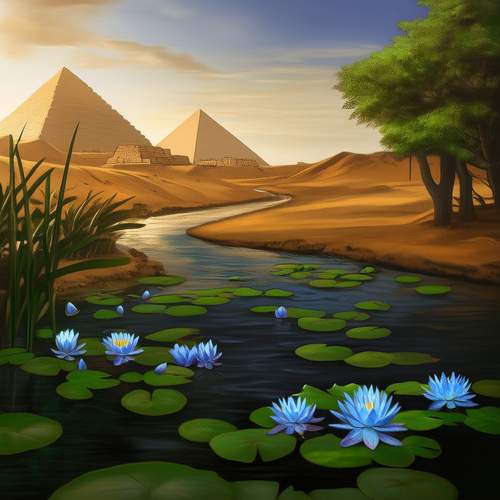
By /May 21, 2025
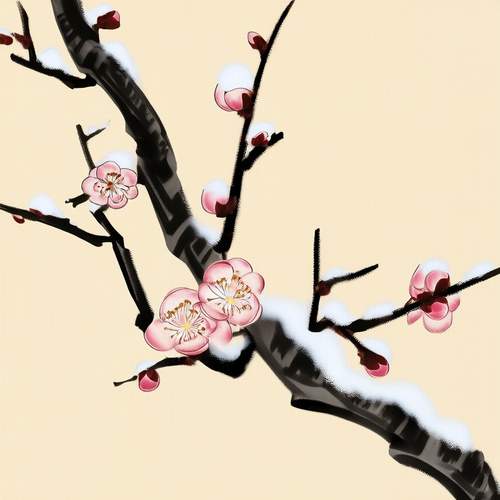
By /May 21, 2025
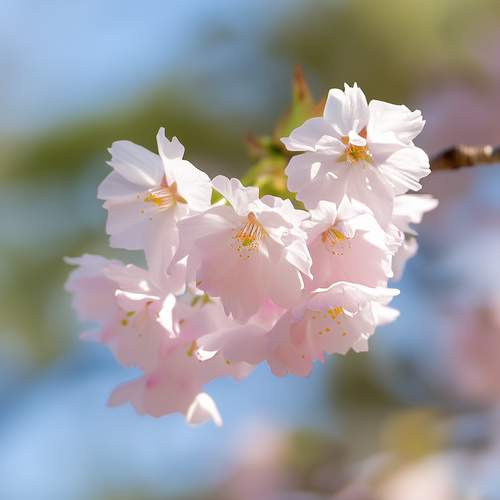
By /May 21, 2025
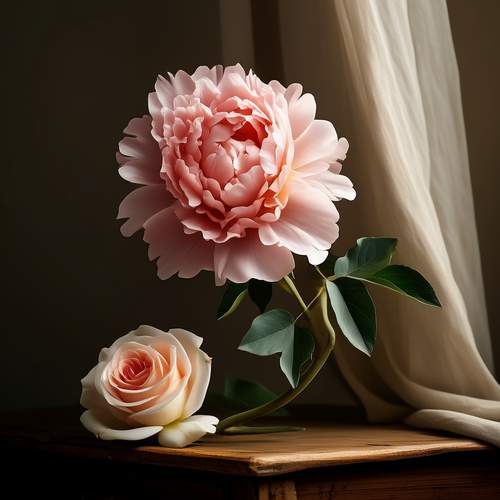
By /May 21, 2025
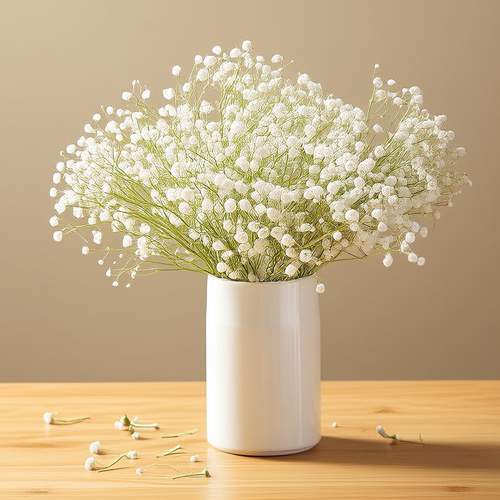
By /May 21, 2025
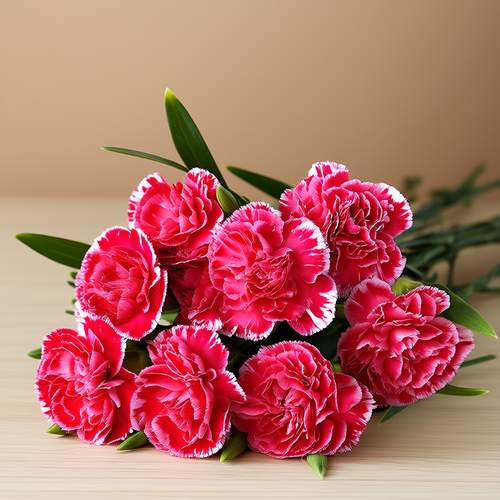
By /May 21, 2025

By /May 21, 2025
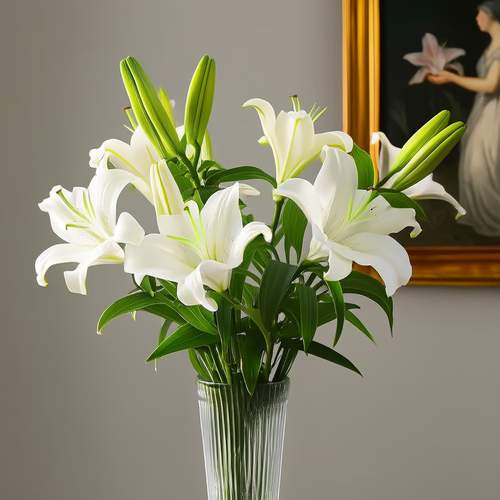
By /May 21, 2025
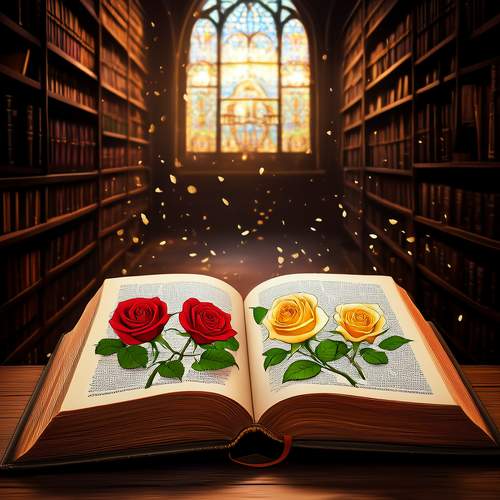
By /May 21, 2025

By /May 17, 2025

By /May 17, 2025

By /May 17, 2025

By /May 17, 2025

By /May 17, 2025

By /May 17, 2025
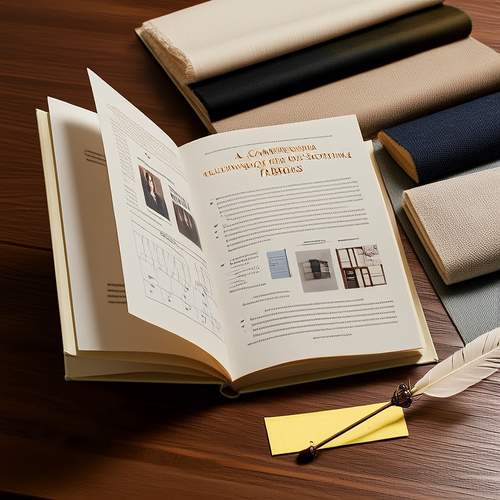
By /May 17, 2025

By /May 17, 2025

By /May 17, 2025

By David Anderson/Apr 29, 2025